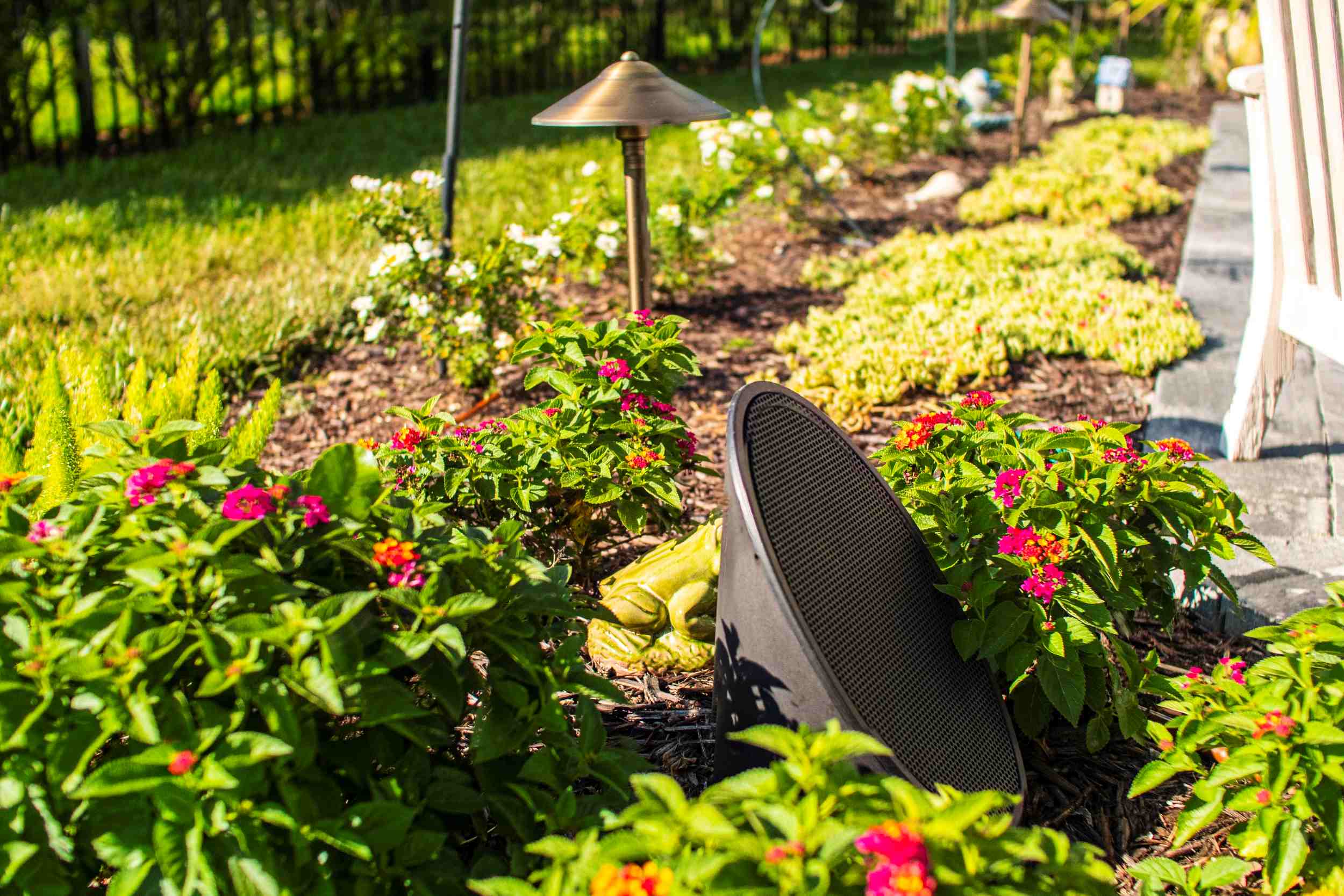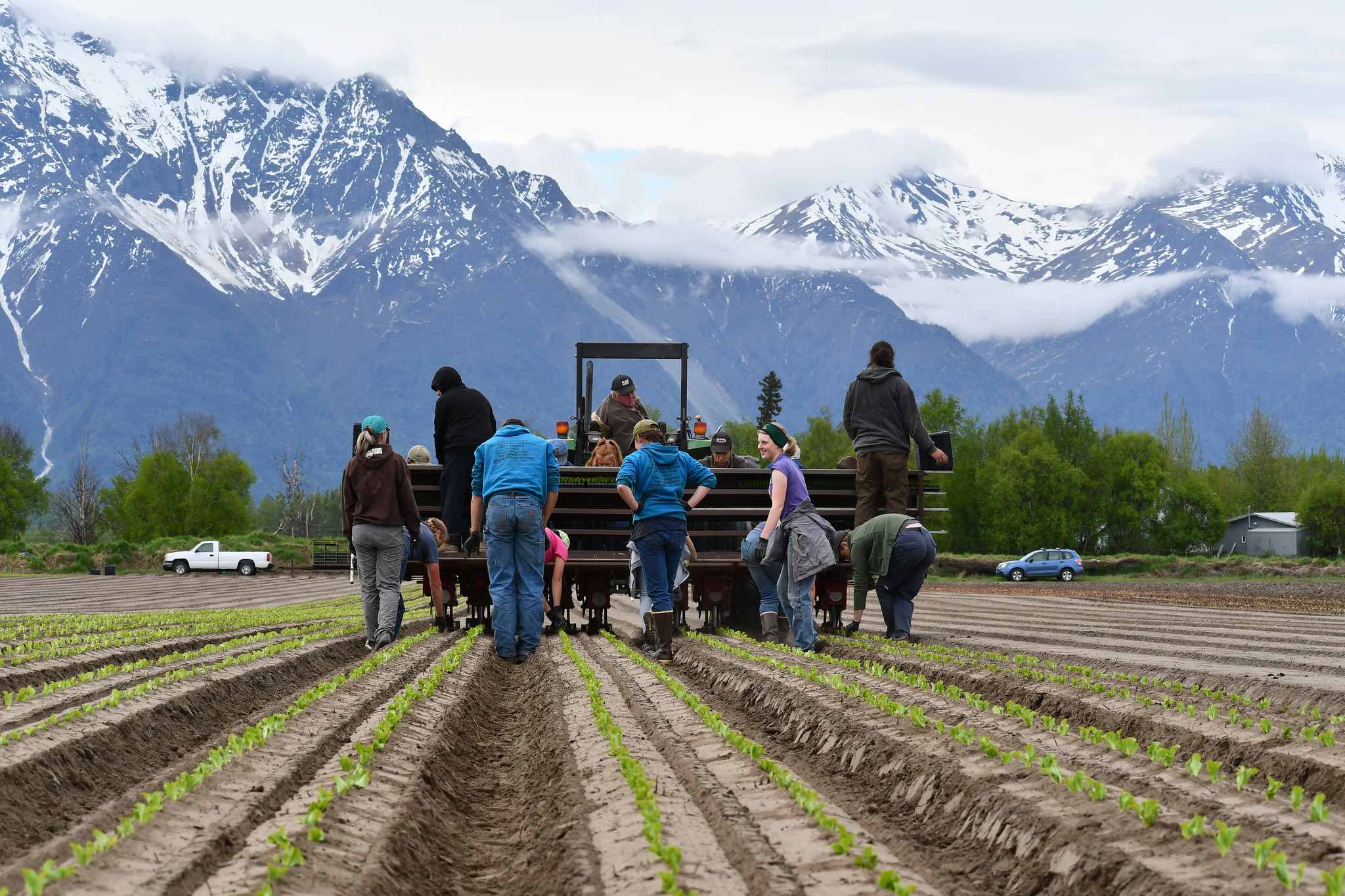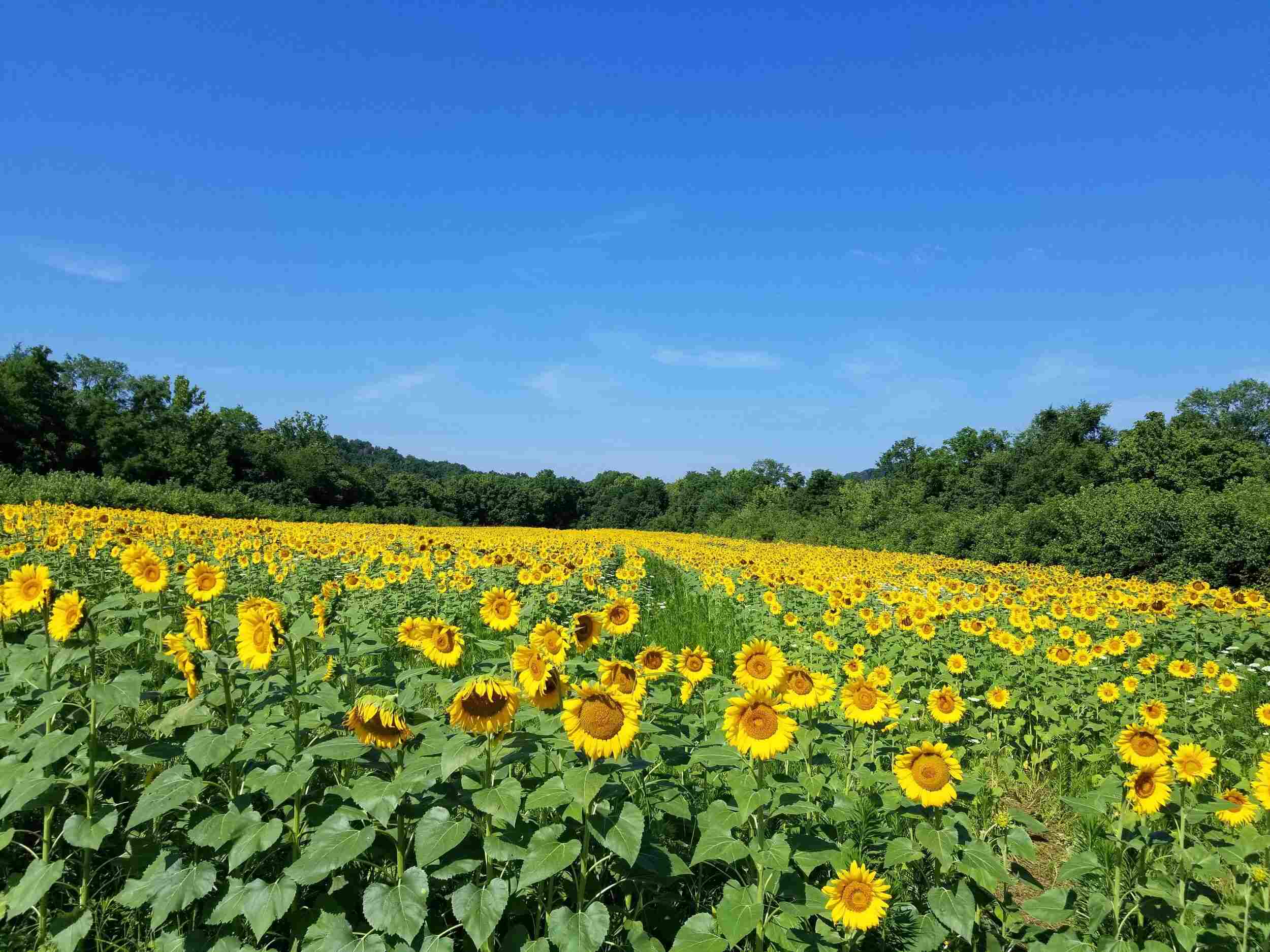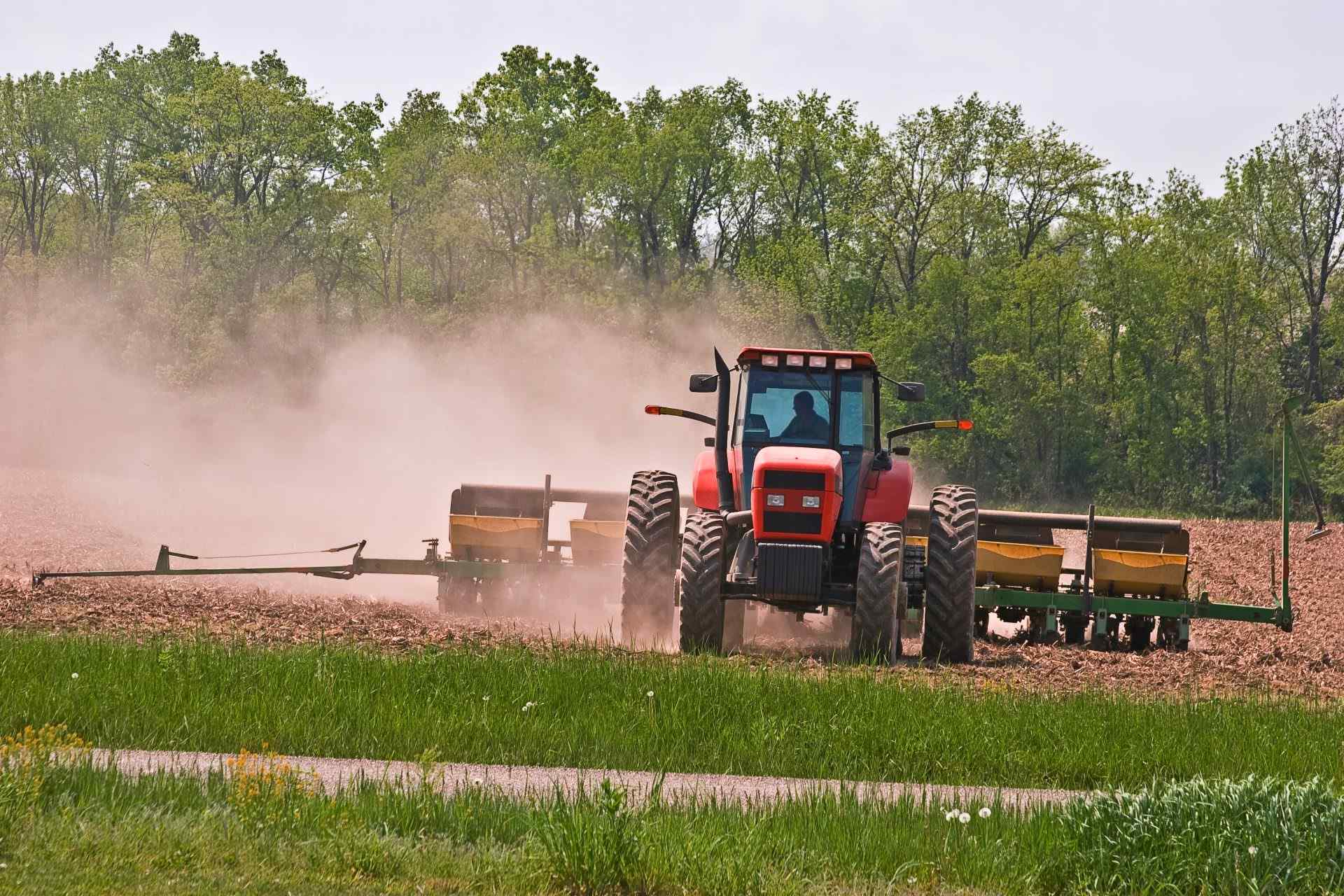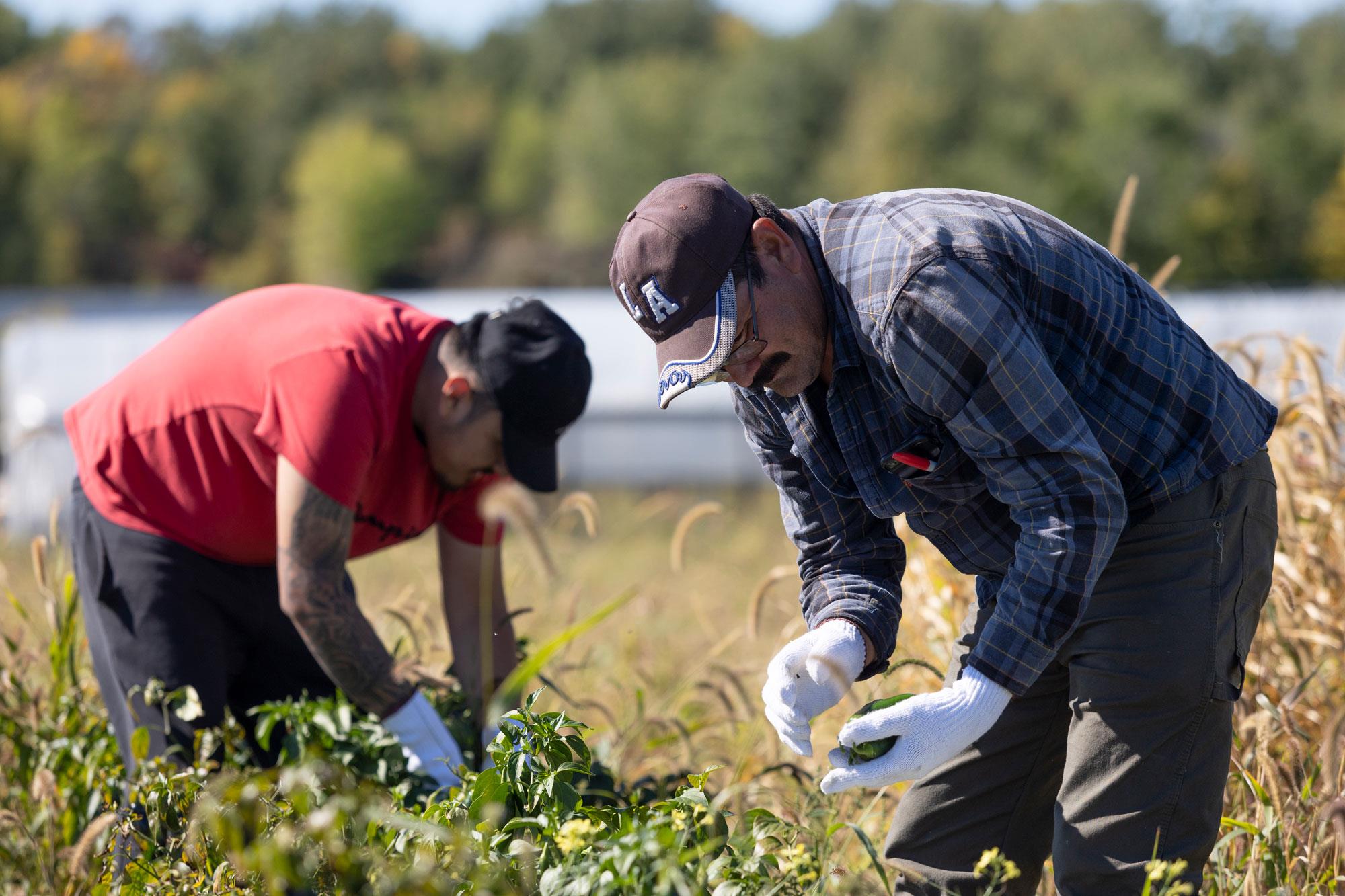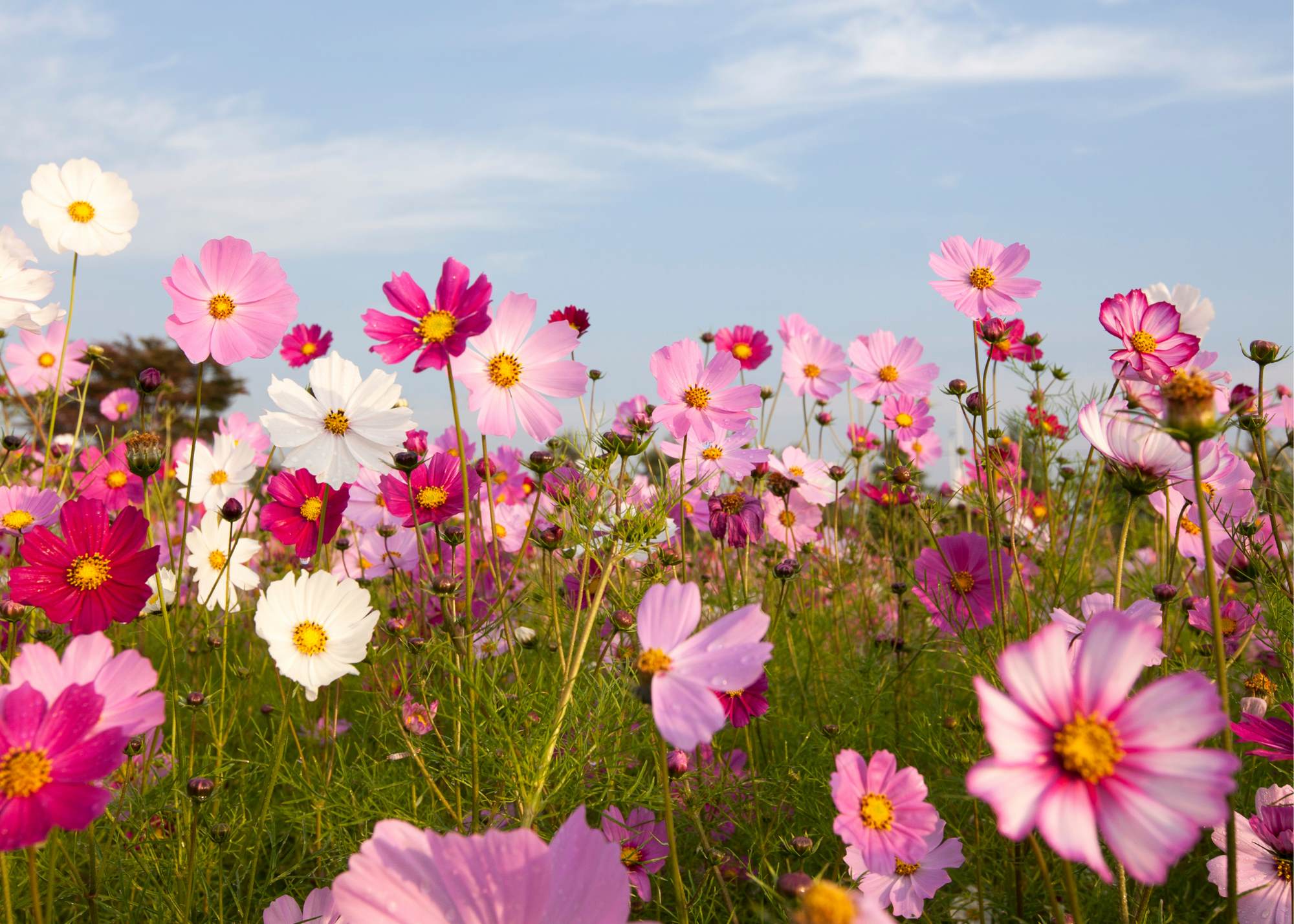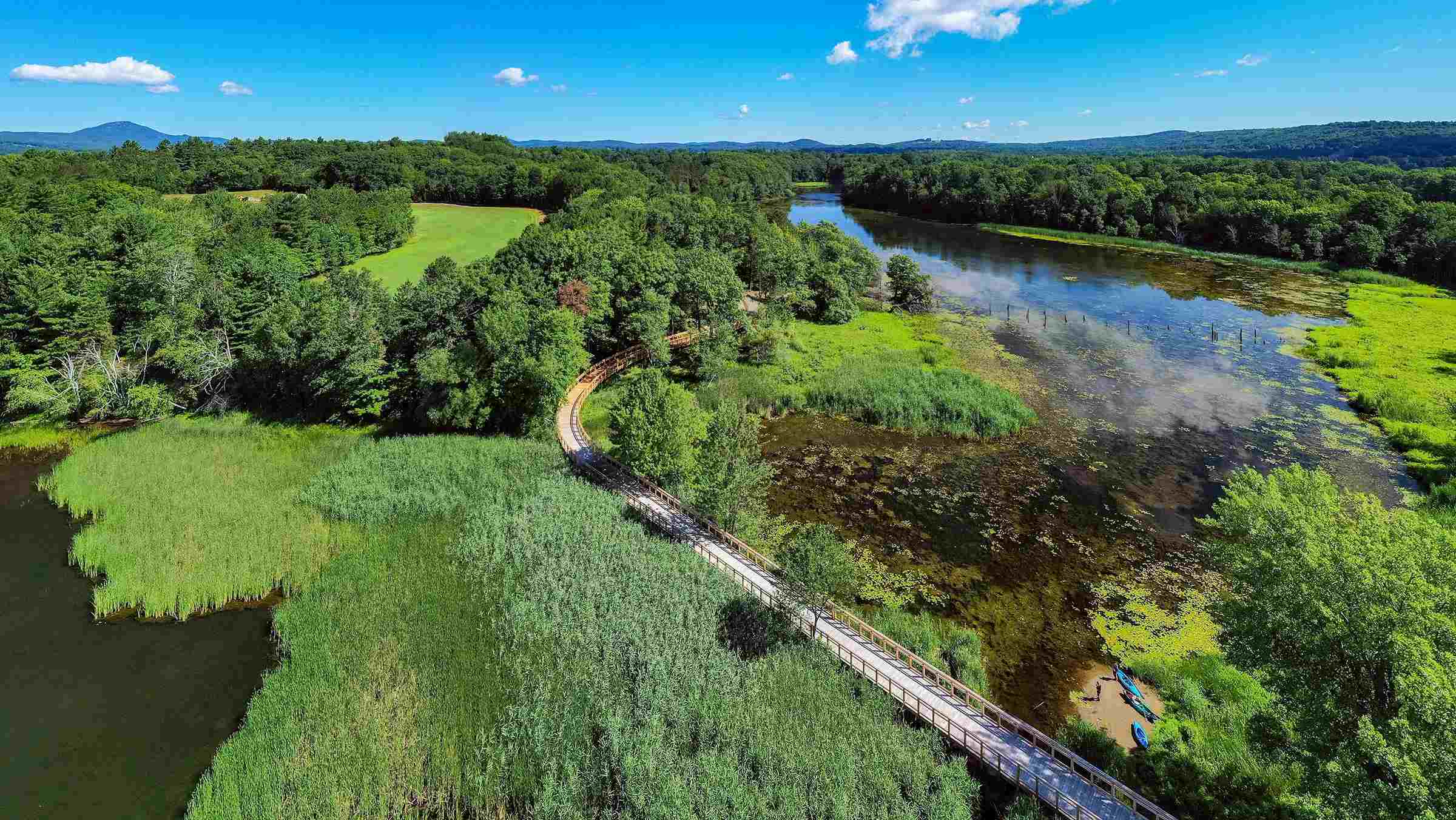Home>Gardening Basics>Understanding Soil>What Zone Is Mississippi In For Planting


Understanding Soil
What Zone Is Mississippi In For Planting
Modified: January 22, 2024
Find out which planting zone Mississippi falls under and gain a better understanding of soil for optimal gardening.
(Many of the links in this article redirect to a specific reviewed product. Your purchase of these products through affiliate links helps to generate commission for Chicagolandgardening.com, at no extra cost. Learn more)
Table of Contents
Introduction
Welcome to the world of gardening and planting in Mississippi! Whether you’re a seasoned gardener or just starting out, understanding the planting zones is crucial for successful cultivation. Planting zones provide valuable information about the climate and weather conditions in a particular region, helping you choose the right plants that will thrive in your area.
In this article, we will delve into the specific planting zone for Mississippi and explore the factors that affect it. Additionally, we will provide a list of recommended plants that are well-suited for the diverse climate of the state. So, let’s dig in and discover the fascinating world of Mississippi’s planting zones!
Mississippi, known as the “Magnolia State,” is located in the southeastern part of the United States. It is characterized by a humid subtropical climate, with hot, humid summers and mild winters. The state experiences a wide range of weather conditions, from heavy rainfall in the summer to occasional freezing temperatures in the winter.
Understanding the specific planting zone for Mississippi is essential because it helps gardeners make informed decisions about what to plant, when to plant, and how to care for their plants throughout the year. The United States Department of Agriculture (USDA) has divided the country into specific hardiness zones based on average annual minimum temperatures. These planting zones range from Zone 1 (coldest) to Zone 13 (warmest).
In the next section, we will explore the specific planting zone for Mississippi and discover the factors that influence it. Stay tuned!
Understanding Planting Zones
Planting zones, also known as hardiness zones, are geographical regions that indicate the specific climatic conditions and temperature ranges suitable for plant growth. These zones provide valuable information for gardeners and horticulturists, guiding them in selecting plants that are best suited for their local climate.
The concept of planting zones was developed by the United States Department of Agriculture (USDA) to assist gardeners in determining the likelihood of plant survival based on average annual minimum temperatures. The USDA divides the United States into 13 different planting zones, ranging from Zone 1 (coldest) to Zone 13 (warmest).
Each planting zone has a specific temperature range, which indicates the minimum temperature that plants can tolerate. For example, Zone 3 has an average minimum temperature range of -40°F to -30°F (-40°C to -34°C), while Zone 11 has a range of 40°F to 50°F (4°C to 10°C).
In addition to temperature ranges, planting zones also consider factors like elevation, proximity to bodies of water, and local climate patterns. These factors can significantly influence the overall climate of an area, creating microclimates within a particular zone.
Understanding planting zones is crucial because it helps gardeners choose plants that are adapted to their specific climate conditions. By selecting plants that can thrive in their zone, gardeners can maximize their chances of success and reduce the risk of plant damage or failure.
It is important to note that planting zones are not the only factor to consider when choosing plants. Other factors like soil type, sun exposure, and moisture levels also play a vital role in plant growth and development. Therefore, it is essential to thoroughly research the specific requirements of each plant before adding it to your garden.
Now that we have a better understanding of planting zones, let’s explore the specific planting zone for Mississippi and the factors that influence it.
Planting Zone for Mississippi
Now that we have a foundation of understanding about planting zones, let’s delve into the specific planting zone for Mississippi. The state of Mississippi falls primarily within USDA Hardiness Zones 7a and 7b, with some parts of the southernmost region classified as Zone 8a.
Zone 7a covers the northern and central parts of Mississippi, including cities like Jackson, Tupelo, and Hattiesburg. This zone is characterized by average minimum temperatures ranging from 0°F to 5°F (-18°C to -15°C). Winters in Zone 7a can be relatively mild, but occasional freezing temperatures and frost may occur.
Zone 7b encompasses the southern half of Mississippi, including cities like Gulfport, Biloxi, and Pascagoula. This zone features slightly milder winter temperatures, with average minimums ranging from 5°F to 10°F (-15°C to -12°C). Frost and freezing temperatures are still possible but occur less frequently than in Zone 7a.
The southernmost part of Mississippi, especially along the Gulf Coast, falls into Zone 8a. This zone experiences even milder winters, with average minimum temperatures ranging from 10°F to 15°F (-12°C to -9°C). Frost and freezing temperatures are infrequent, allowing for a longer growing season.
It is essential to keep in mind that while these planting zones provide useful guidelines, there can still be variations within regions. Factors such as elevation, proximity to bodies of water, and local climate patterns can create microclimates, influencing the temperature and growing conditions in specific areas.
Now that we know the planting zones for Mississippi, let’s explore the factors that contribute to these zones and influence the overall climate of the state.
Factors Affecting Planting Zones in Mississippi
Several factors contribute to the planting zones in Mississippi, creating the diverse climate conditions that gardeners and horticulturists must consider when selecting plants for their gardens. Understanding these factors can help gardeners make informed decisions and ensure successful plant growth and cultivation.
1. Latitude: Mississippi’s latitude plays a significant role in its climate and planting zones. The state is located in the southeastern part of the United States, experiencing warmer temperatures compared to northern regions. The latitude affects the length of the growing season and the overall climate patterns.
2. Elevation: The elevation of a specific area within Mississippi can impact the microclimates within planting zones. Higher elevations tend to experience cooler temperatures, while lower elevations may have milder climates. Gardeners in mountainous regions may need to consider specific plant species suited for cooler temperatures.
3. Proximity to Bodies of Water: Mississippi’s proximity to bodies of water, such as the Gulf of Mexico, influences its climate. Coastal areas tend to have milder winters and cooler summers due to the moderating effect of the water. Inland areas, farther away from water sources, may experience more extreme temperature variations.
4. Topography: The state’s diverse topography, including the Mississippi River and various hills and valleys, can affect temperature and weather patterns. Valley areas may experience cooler temperatures and higher frost risk due to cold air sinking to lower elevations. Hills and slopes can impact sun exposure and drainage, influencing plant growth and microclimate conditions.
5. Gulf of Mexico Influence: Mississippi’s proximity to the Gulf of Mexico contributes to its relatively mild climate. The warm waters of the Gulf can moderate temperatures, preventing extreme cold during the winter months. This influence allows for a longer growing season compared to more northern states.
6. Atmospheric Conditions: The prevailing atmospheric conditions, such as humidity, rainfall patterns, and wind, impact the overall climate and plant growth in Mississippi. The state experiences relatively high humidity levels, especially in the summer months, which can affect disease susceptibility and plant health. Rainfall patterns and wind patterns also influence plant water requirements and can lead to localized microclimates.
By considering these factors, gardeners in Mississippi can make informed decisions about the plants that are best suited for their specific region and microclimate conditions. When selecting plants, it’s important to choose those that are adapted to the temperature ranges, moisture levels, and other environmental conditions of the particular planting zone.
Now that we’ve explored the factors influencing planting zones in Mississippi, let’s move on to the next section and discover some recommended plants that thrive in this region.
Recommended Plants for Mississippi
When it comes to selecting plants for your Mississippi garden, it’s important to choose those that are well-suited to the specific climate and growing conditions of the region. Here are some recommended plants that thrive in the planting zones of Mississippi:
1. Southern Magnolia (Magnolia grandiflora): This iconic Mississippi tree is known for its large, glossy leaves and fragrant white flowers. It thrives in the state’s mild climate and adds a touch of elegance to any landscape.
2. Azaleas (Rhododendron spp.): These beautiful flowering shrubs are well-suited for Mississippi’s acidic soil and partial shade. They come in a variety of colors and add vibrant bursts of color to gardens and landscapes.
3. Crepe Myrtle (Lagerstroemia spp.): These flowering trees or shrubs are a staple in Mississippi gardens. With their vibrant flowers and attractive bark, they bring beauty and charm to the landscape throughout the summer months.
4. Confederate Rose (Hibiscus mutabilis): This stunning flowering shrub produces large, multi-petaled flowers that change color throughout the day. It thrives in the warm climate of Mississippi and adds a unique touch to any garden.
5. Daylilies (Hemerocallis spp.): These hardy perennials come in a wide range of colors and are well-suited for Mississippi gardens. They are tolerant of the state’s hot and humid summers and provide long-lasting blooms.
6. Lantana (Lantana camara): With its vibrant flowers and attractive foliage, lantana is a popular choice for Mississippi gardens. It is heat and drought tolerant, making it a low-maintenance option for adding color to your landscape.
7. Indian Hawthorn (Rhaphiolepis indica): This evergreen shrub is known for its dense foliage and clusters of pink or white flowers. It can tolerate a variety of soil conditions and adds beauty and texture to gardens throughout the year.
8. Southern Wood Fern (Dryopteris ludoviciana): This native fern is perfect for adding a touch of greenery to shady areas of your garden. It thrives in the moist conditions often found in Mississippi’s woodlands and adds a delicate, feathery texture to the landscape.
9. Gulf Muhly Grass (Muhlenbergia capillaris): This ornamental grass is ideal for adding texture and movement to your garden. Its pinkish-purple plumes create a stunning display in late summer and fall, adding interest and color to the landscape.
10. Sweet Olive (Osmanthus fragrans): This evergreen shrub is prized for its fragrant flowers that bloom in the fall and winter. It thrives in Mississippi’s mild climate and adds a delightful scent to your garden.
Remember to consider factors such as sun exposure, soil type, and moisture levels when selecting plants for your Mississippi garden. By choosing plants that are well-adapted to the specific conditions of your region, you can create a thriving and beautiful landscape that will bring joy for years to come.
Conclusion
Understanding the planting zones in Mississippi is crucial for successful gardening and plant cultivation. By knowing the specific zone for your region, you can choose plants that are well-adapted to the climate and growing conditions of your area, increasing the chances of a bountiful and thriving garden.
In this article, we explored the planting zone for Mississippi, which falls primarily within USDA Hardiness Zones 7a and 7b, with some areas classified as Zone 8a. We discussed the factors that influence these planting zones, such as latitude, elevation, proximity to bodies of water, topography, and atmospheric conditions.
Furthermore, we provided a list of recommended plants that are known to thrive in Mississippi’s planting zones, including the Southern Magnolia, Azaleas, Crepe Myrtle, and Daylilies, among others. These plants have been selected for their ability to withstand the specific climate and growing conditions of the state.
It’s important to remember that while planting zones provide valuable guidance, microclimates and site-specific factors can also influence plant growth. Factors such as soil type, sun exposure, and moisture levels should be taken into consideration when selecting plants for your garden.
With the right knowledge and careful plant selection, you can create a beautiful and thriving garden in Mississippi. So, get your gardening tools ready, prepare the soil, and start planting with confidence in the knowledge that you have chosen the right plants for your zone.
Happy gardening, and may your Mississippi garden bloom with beauty and abundance!

